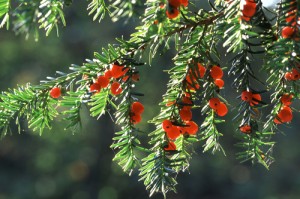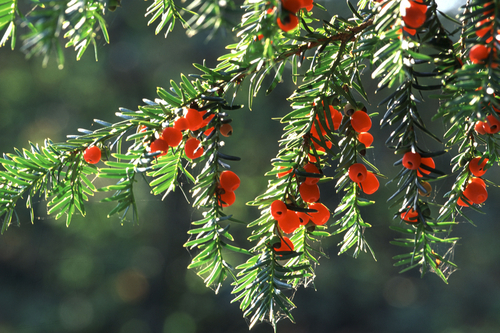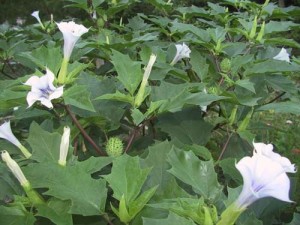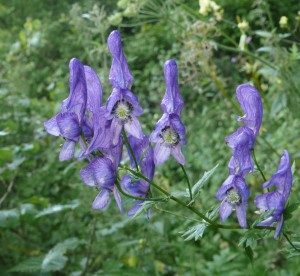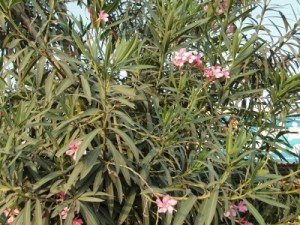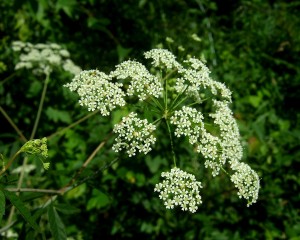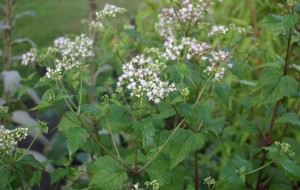By Rebecca Maxwell
It makes sense to be concerned about the perils of wild animals that could severely hurt or kill you when outdoors. The dangers of animals like grizzly bears and mountain lions are well established. But have you ever considered the perils of poisonous plants? Accidentally bumping into or ingesting poisonous plants out in the wild could lead to harsh consequences including things like diarrhea, abdominal pain, heart problems, hallucinations, and even death.
Next time you head outside keep your eyes out for the following toxic plants, some of which are some of the most poisonous in the world:
Jimson weed – This plant is incredibly poisonous for humans and contact with it could lead to delusions, a racing heartbeat, aggressive behavior, and maybe a coma or seizures. The plant is native to Canada, the Caribbean, and the United States. Jimson weed is identified by its spiky fruit, foliage covered with sharp pines, and unpleasant order. Jimson weed is commonly found along roads and in pastures and cornfields.
Jimson weed
Aconite – Don’t let its pretty flowers fool you; Aconite is laced with a toxic substance that can cause vomiting, diarrhea, heart problems, coma, and death in some cases. Aconite, also known as Wolf’s bane or monkshood, can easily be misidentified by backpackers [3] as horseradish or another edible herb. Aconite has a white carrot-like root that produces blue or white flowers at the top of its stalks.
Aconite
Oleander – Oleander is widely considered one of the most poisonous plants in the world for good reason. The plant contains several different kinds of potent toxics that can result in GI problems, intense abdominal pain, dizziness, drowsiness, an irregular heartbeat, and death if ingested. A single oleander leaf can even kill a child. Oleander can be recognized as a dense shrub with thick, dark green leaves. Its flowers, which are often red, pink, yellow, or white, grow in clusters.
Oleander
Water Hemlock – Native to North America, water hemlock can be found along stream banks, in low-lying meadows, and in marshy areas. The consequences of eating water hemlock are extremely unpleasant and can range from muscle tremors, cramps, nausea, and vomiting to painful convulsions. Ingestion of water hemlock can also cause long-term effects like amnesia. Water hemlock is identified by its purple-striped leaves and small white blooms.
Water Hemlock
White Snakeroot – White snakeroot is a plant that causes milk sickness, a condition that humans can get from ingesting the meat or milk from cows that have grazed on the plant. Symptoms of milk sickness include loss of appetite, stiff muscles, severe constipation, coma, weakness, and death. Milk sickness is rare; nevertheless, it is wise to steer clear of white snakeroot. It can be recognized by its fluffy, snow-white flowers. White snakeroot is native to the forests of the southern and eastern United States.
White Snakeroot
